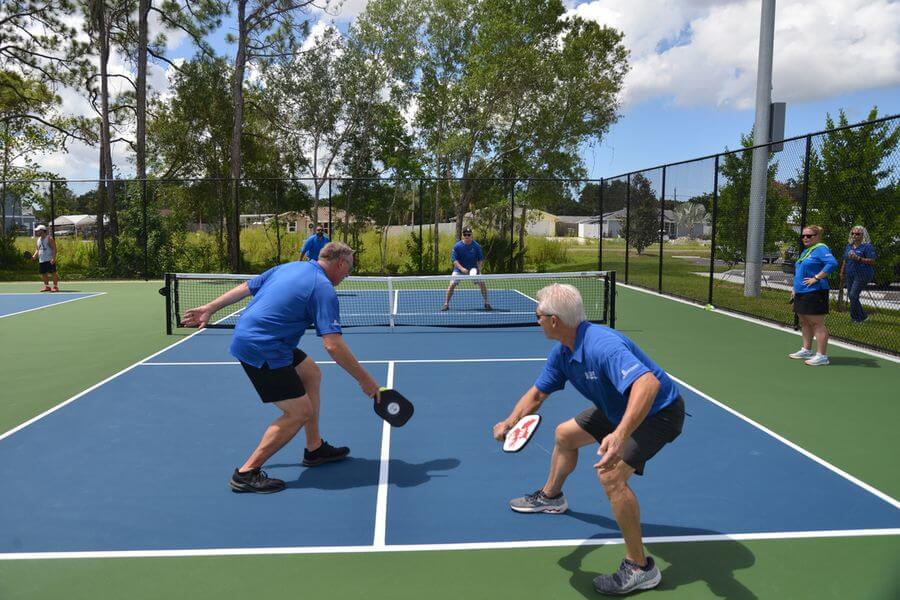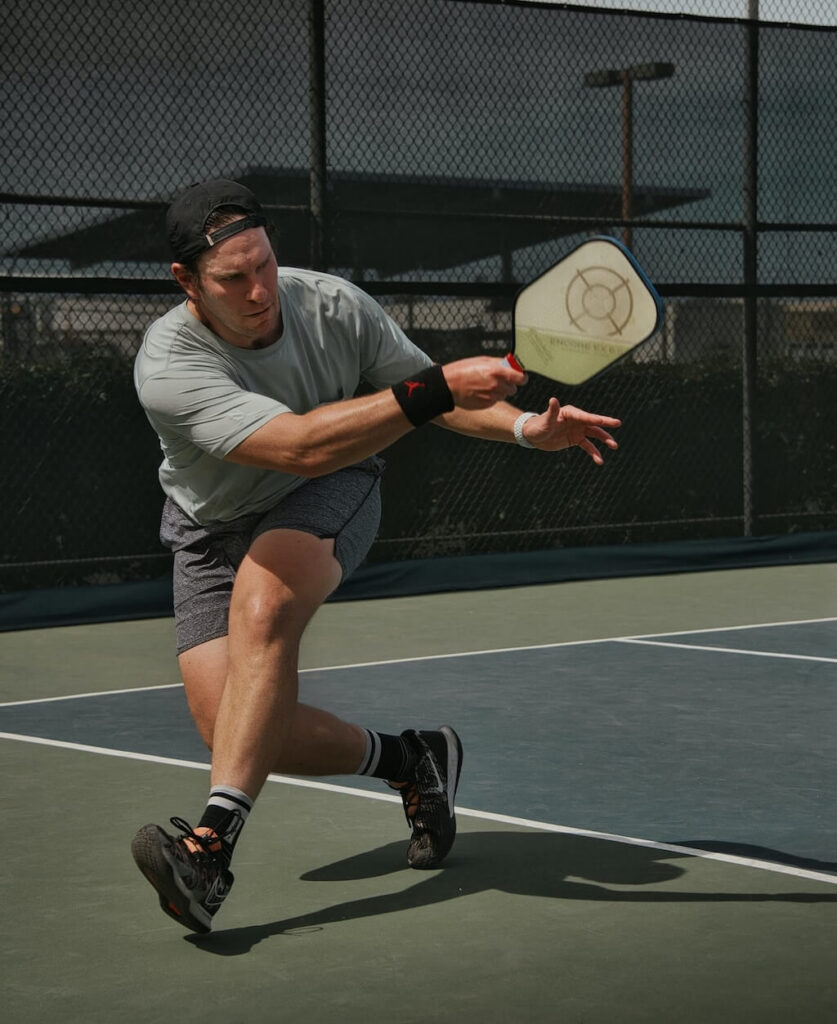You’re watching a competitive match, and the commentators keep talking about the “dink battle.” If you’re coming from tennis or badminton, you might be scratching your head, wondering what does dink mean in pickleball? It sounds funny, maybe even a little silly, but the dink is the most defining, strategic, and essential shot in the entire sport. If you ever want to elevate your game, you have to understand the shot, the mindset, and the geometry behind the simple question: what does dink mean in pickleball?
The short definition of what does dink mean in pickleball is a soft, gentle shot hit from the Non-Volley Zone (NVZ) line that lands softly just over the net into your opponent’s NVZ. It’s a purposeful tap, designed not to win the point immediately, but to set up the sequence that eventually forces an opponent’s error. For a complete understanding of all the official rules that govern the NVZ, check out our Complete Pickleball Play Guide: Origins and Official Rules.
The Strategic Purpose: Why Master the Dink?
Understanding what does dink mean in pickleball starts with grasping the strategic goal. The dink is entirely defensive and manipulative. Its primary purpose is to keep the ball low and prevent your opponents from hitting the ball out of the air (smashing). When you successfully execute a dink, the opponent is faced with a difficult situation: they must strike the ball from below net level, and because of the NVZ rule, they cannot run up and volley it. This forces them to hit the ball up to clear the net, giving you a setup for an attack. This goal is the true essence of what does dink mean in pickleball.
The Kitchen Rule Connection
The concept of what does dink mean in pickleball is inextricably linked to the Kitchen rule. The dink is designed to be hit low enough that your opponent is tempted to step into the Kitchen to volley it. If they do, they commit a fault, and you win the point. If they try to let it bounce, the low trajectory forces them to hit the ball upwards, which is exactly what you want. The game’s geometry ensures that the answer to what does dink mean in pickleball is always a strategic weapon.
Understanding the Geometry: The “Where” of the Dink
A good dink isn’t just a soft tap; it’s a precisely angled shot. When learning what does dink mean in pickleball, you must visualize the geometry. The ideal trajectory is a slight arc that peaks just over the net and falls into the first seven feet of the opponent’s court (the NVZ). If the dink lands past the Kitchen line, it becomes easier for your opponent to run up and attack.
The best answer to what does dink mean in pickleball is that it’s a shot executed from the offensive kitchen line, targeting the defensive kitchen line. Mastering this tight, narrow window is the key to winning rallies.
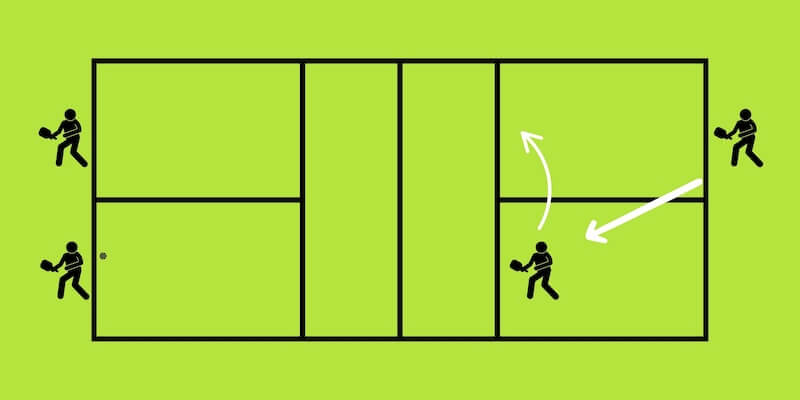
Technique Breakdown: How to Execute the Perfect Dink
If you try to hit a dink with the aggressive wrist flick you might use in table tennis, you’ll immediately hit the ball too hard or too high—the fastest way to lose the rally. The technique for what does dink mean in pickleball is subtle, prioritizing touch over power.
The Grip and Motion
When hitting a dink, you want a loose, continental grip (the “hammer” grip). The paddle face should be slightly open (angled up). The motion for what does dink mean in pickleball is less of a swing and more of a gentle push or lift, using your shoulder and forearm, not your wrist. Your goal is simply to lift the ball high enough to clear the net, letting the soft feel of the paddle do the work. The focus on touch is why understanding what does dink mean in pickleball is a turning point for many new players.
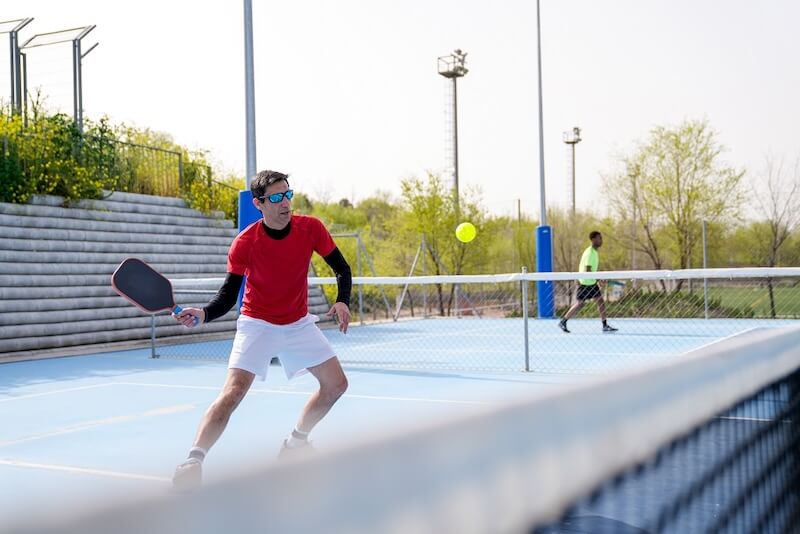
Advanced Dink Strategy: Where and When to Dink
The next level of answering what does dink mean in pickleball involves using the dink offensively to create opportunities.
Attacking the Feet
The most effective dink is aimed at the opponent’s feet. If the ball lands low at their feet, they are forced to bend down, shortening their swing and making it nearly impossible to hit a forceful shot. This aggressive use of the soft shot is the strategic genius of what does dink mean in pickleball.
Attacking the Middle
Aiming the dink down the middle of the court—at the seam between your two opponents—is a fantastic tactic. It forces a momentary hesitation, making both players wonder who should take the shot, often resulting in a weak return or an unforced error. This placement is a prime example of advanced strategy when analyzing what does dink mean in pickleball.
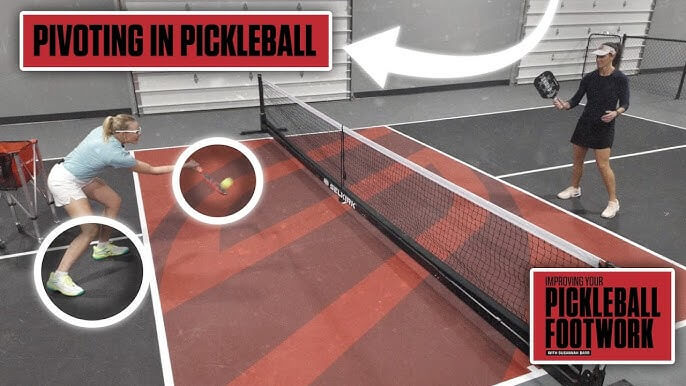
Common Mistakes When Trying to Dink
Most players struggle with the dink because they have spent years training their arms to hit with power. The most common error when learning what does dink mean in pickleball is hitting the ball too high.
Popping the Ball Up
If your dink has too much upward arc, you create a “pop-up,” lifting the ball above net height. This is a gift to your opponents, who can immediately execute a powerful overhead smash. When you hear the word “dink,” remember it means soft and low, not soft and high. Failing to understand this distinction means you never really internalize what does dink mean in pickleball.
Hitting Too Hard
Sending the ball too fast or too deep into the court gives your opponent time to set up and hit a powerful shot back. A good dink dies almost immediately after it bounces, pinning your opponent at the net. Correctly mastering what does dink mean in pickleball requires patience and a heavy emphasis on trajectory.
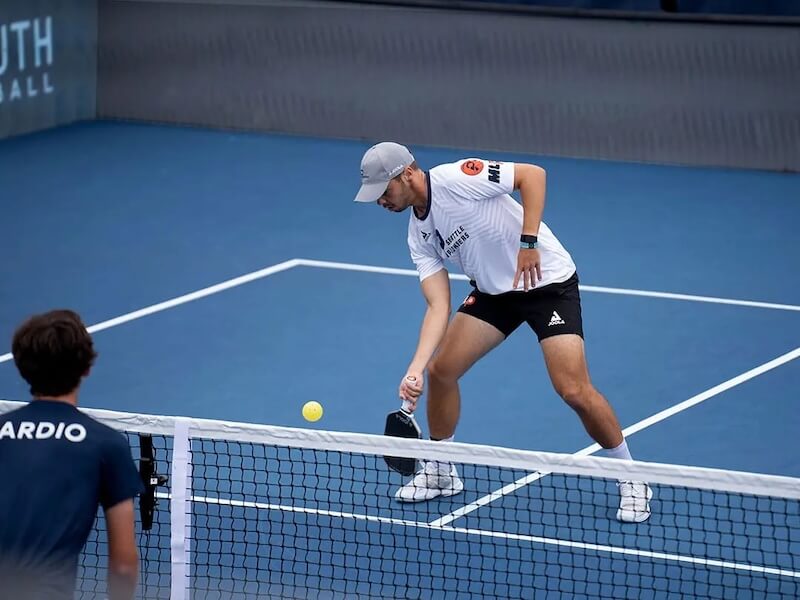
Practicing the Dink: Becoming a Master of Softness
The only way to truly understand what does dink mean in pickleball is through repetition. Your body needs to unlearn years of powerful habits.
- Solo Drills: Stand at the NVZ line and practice hitting dinks against a wall. The immediate feedback tells you if you’ve hit too hard or too high. This is the simplest way to internalize what does dink mean in pickleball.
- Partner Drills: Engage in cross-court dink battles, aiming only for the opposite NVZ. The focus here is consistency and placement.
Consistent, deliberate practice is the path to truly grasping what does dink mean in pickleball.
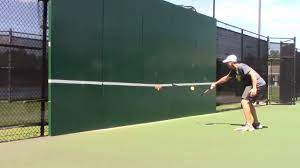
Conclusion
The word “dink” may sound frivolous, but it defines the strategic soul of pickleball. The perfect dink is a patient, precise, and disciplined shot that exploits the constraints of the Non-Volley Zone. Mastering what does dink mean in pickleball is the ultimate equalizer, allowing players of all ages and athletic abilities to compete by trading power for placement. If you want to stop losing to the slow game and start winning the soft game, commit to the dink.
